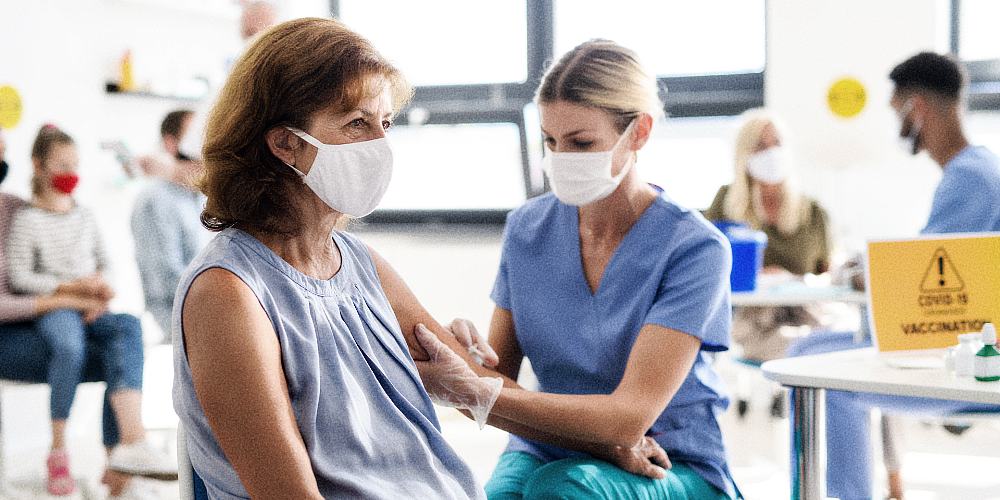(Natural News)—The American Heart Association (AHA) has announced a sweeping redefinition of cardiovascular disease (CVD), coining a new term: cardiovascular-kidney-metabolic (CKM) syndrome. This revelation, published in the journal Circulation, suggests that an astonishing 90 percent of U.S. adults may now be affected by this newly identified syndrome, which encompasses cardiovascular disease, kidney issues and metabolic disorders. According to the AHA, most of the population now exhibit symptoms of this new disease, and should be screened regularly to prevent early heart attacks and strokes.
This new syndrome comes on the heels of a global mRNA vaccine experiment that destroyed human blood composition and quality and exacerbated inflammation throughout the body. This experiment infiltrated the human race with foreign spike proteins that caused widespread blood clotting disorders, myocarditis and pericarditis, while interfering with normal, healthy protein and hormone production of the cell. One study found an increased risk of epilepsy, severe allergic shock, myocarditis and appendicitis in children injected with COVID-19 vaccines, indicating systemic blood and immunological damage.
Which crypto-backed IRA is best?
– BlockTrust IRA is ideal for managed accounts.
– iTrustCapital is for buy and hold.
AHA won’t address the causes of this new disease
The AHA’s announcement raises significant questions about the causes behind such a widespread health crisis. According to the AHA’s recent statistical update, nearly one-third of American adults are believed to have multiple risk factors contributing to CKM syndrome, including obesity, Type 2 diabetes and kidney disease. The Journal of the American Medical Association (JAMA) corroborates these findings, noting that 90 percent of U.S. adults meet the criteria for CKM syndrome at stage 1 or higher. The lack of historical data — CKM syndrome was only introduced last fall — adds a layer of complexity to understanding the implications of this diagnosis.
The study highlights significant demographic disparities, with older adults, men and black individuals facing the greatest risk. However, the study does not address any environmental causes for this condition. The elephant in the room is the mRNA vaccine experiment, which harms all of these physiological processes mentioned in the new diagnostic guidelines. For instance, an Oxford study revealed that COVID-19 mRNA vaccines are the sole cause of heart inflammation and heart failure in children.
New disease label mirrors the damage done by global mRNA vaccine experiment
The invention of this new disease label demands an urgent and thorough investigation into potential root causes, particularly with the mRNA vaccines, which damage all these organ and endocrine systems of the body. Instead of addressing these critical inquiries, however, mainstream medical discourse appears to be pivoting toward the development of new treatments, positioning pharmaceutical giants like Pfizer and Merck to benefit significantly from this shift. In fact, Pfizer has already begun acquiring drug companies to profit from chronic diseases caused by their own COVID-19 “vaccines.”
While the AHA’s new classification of CKM syndrome could lead to advancements in treatment, there is a conspicuous lack of emphasis on prevention or root cause analysis. Instead, the focus is on managing symptoms and prescribing patented medications — a stark contrast to the traditional adage, “an ounce of prevention is worth a pound of cure.”
Shouldn’t medical authorities be asking basic questions about the sudden emergence of a new medical condition that impacts nearly an entire population? Slapping a new label on most Americans doesn’t fix the problem, but it does set individuals up to be patients for life, while covering up the root causes.
The disconnection between diagnosis and proactive healthcare solutions raises critical ethical concerns. As the medical community gears up for potential profit-driven initiatives surrounding CKM syndrome, the question looms: Is genuine healthcare the priority, or merely the expansion of a corporate healthcare model that prioritizes the lifelong drugging of patients over prevention and addressing root causes?
Sources include:
- Armageddonepose.substack.com
- NaturalNews.com
- NaturalNews.com
- NaturalNews.com
- NaturalNews.com
- NaturalNews.com



